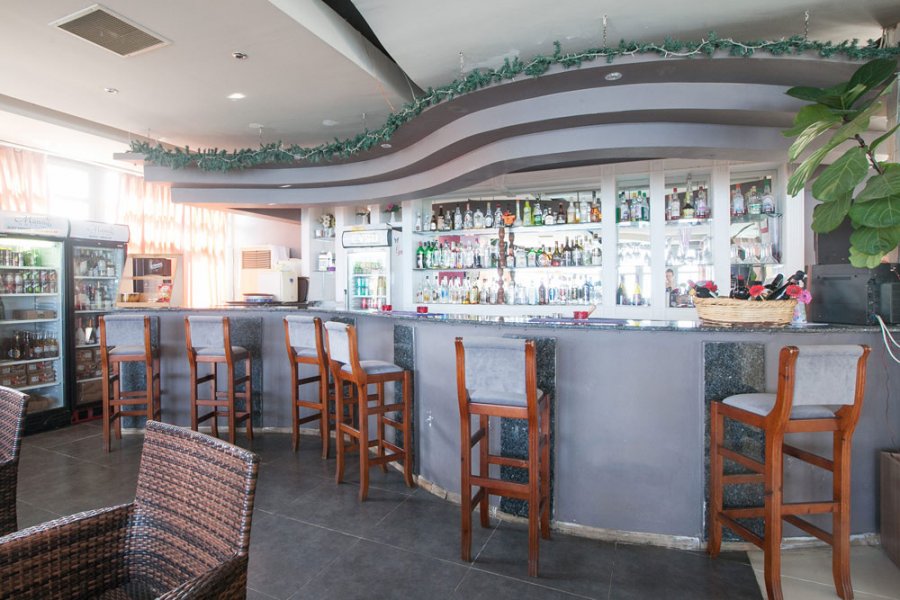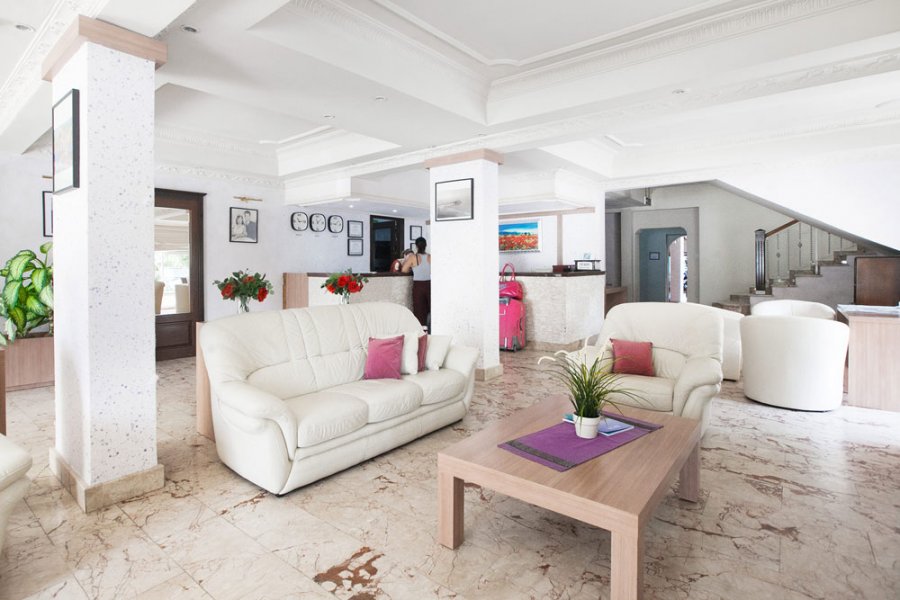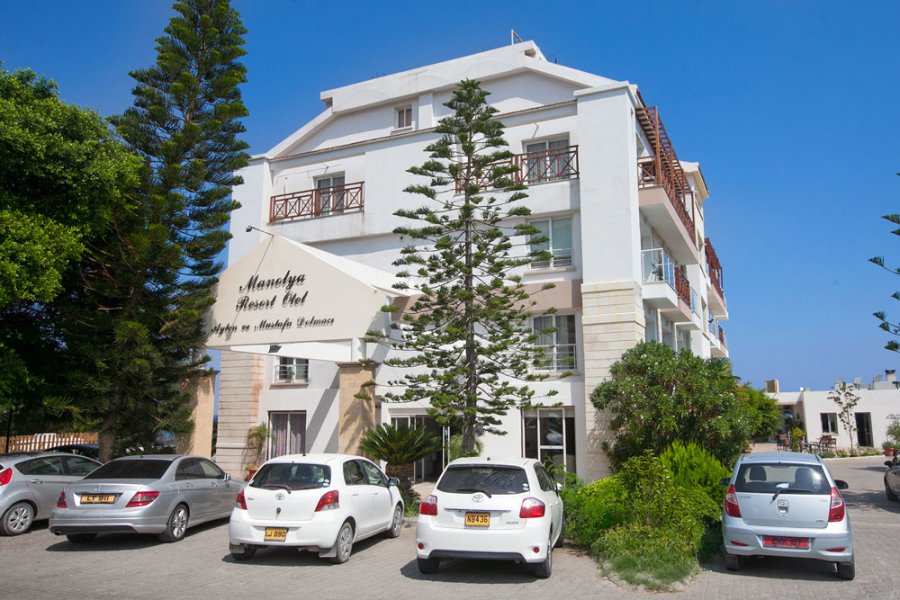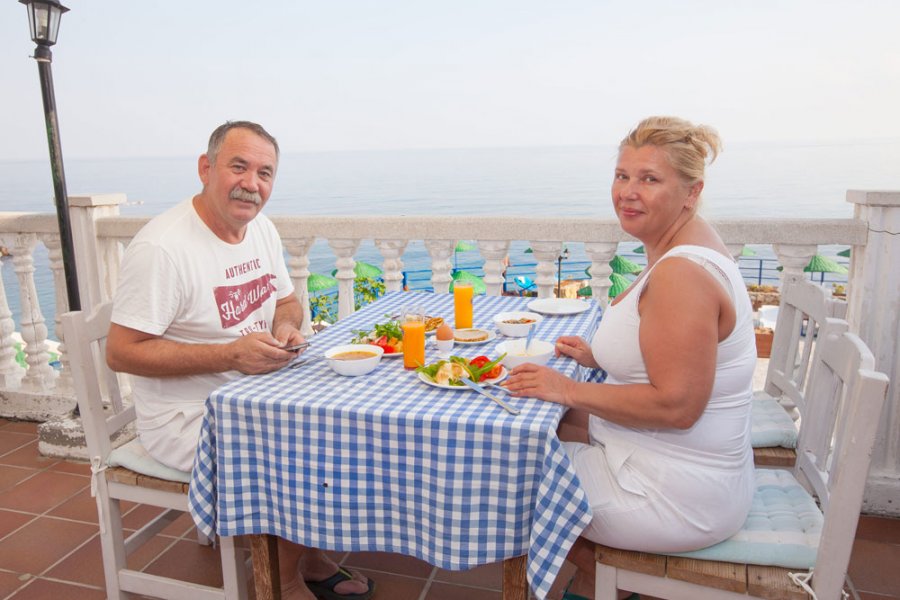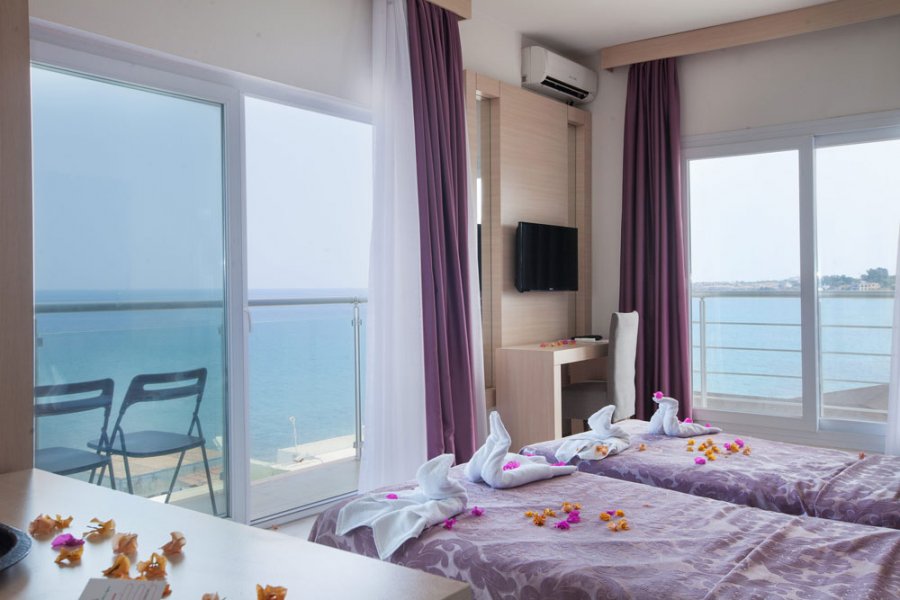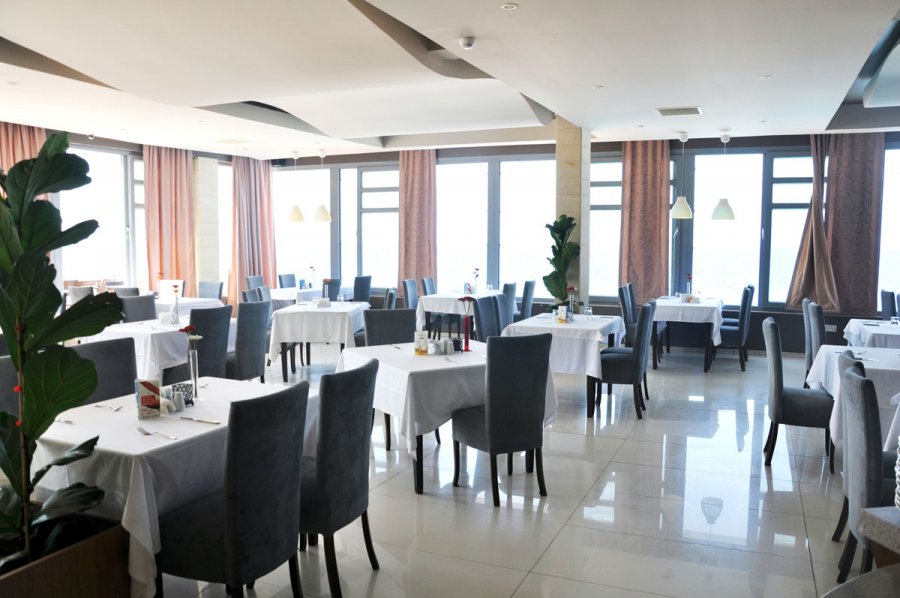Manolya Resort Hotel
History
The Birth of Manolya Hotel
At the beginning of the 1900s, when Cypriots started to holiday at the seaside, the town of Lapithos, which was famous as a place where Turkish and Greek Cypriots lived in harmony became popular. The coolness of the springs, the gentle summer breeze and close proximity to the sea meant that it quickly became one of the Cypriots' favourite places to visit. At this time and for religious reasons men and women bathed separately. Cypriots who lived in towns where there were no beaches like Lefkoşa (Nicosia) were looking for holiday locations with sandy beaches. The ‘GÜLNASIR HOTEL’, was one of the first hotels in Cyprus. It was built in the 1920s in Laptithos, with the beach holiday maker in mind.
The locals and tourists had the chance to cool off in the sea and sunbathe on golden sandy beaches. Over the years, the town's fame spread, and people from all over Cyprus, especially from Nicosia, began to come to the region. To encourage more visitors, buses were laid on from the main cities and towns.
Although, Lapithos was a relatively wealthy agricultural location with tangerine, lemon and olive groves, the people tried to cultivate onions and grains in the land near to the sea. They quickly found that the sea salt and strong winds where not conducive with these crops and so they started to consider what better use could be made of the coastal area. The tourist industry started to develop.
In 1950, Mustafa Dolmacı, a young hard-working entrepreneur, founded a galif (Pergola) on land owned by his mother, Hanife and his father Hasan. The place became very popular even though at that time there was no electricity. Mustafa used ice bars provided by his neighbour Nikola, to serve cold drinks.
Over the years, the restaurant become one of the most popular places in the region. It was well know for kebabs cooked in earthenware ovens and fresh sea fish. A demand for accommodation led to the building of 40 small wicker houses. These were rented to the local people and a few tourists, as holiday homes.
With hundreds of people arriving by bus at the weekends and guests staying in the 40 wicker houses, it flourished as a summer only resort until 1963. It was at this time that the Turkish Cypriots had to leave the area and the place was rented to Mustafa Dolmacı's Greek Cypriot friends. The place continued to operate in the same fashion until 1974, when Mustafa and his family returned.
Factors such as the most famous singing artist of the period, Küçük Aysel, performing on a regular basis lead to the increased popularity of the hotel. This was challenging acceptable behaviour as ladies were not supposed to sing in public. It was also the location where a young girl named Şivane, wore a modern swimsuit (previously only full length Victorian type swim suitswere acceptable), and went swimming in the sea. The rock in front of the hotel is still known as the Sivane. Another the rock under the water in front of the hotel known as Delikli Taş (rock with the holes).is where the local young men swam. It was considered a right of passage (from boy to man) as they swam through a hole. It is still called this today.
Mustafa and Ayten Dolmacı’s children and grandchildren have worked in the hotel for many years. After completing his education in tourism and hotel management, Mehmet Dolmacı the current manager, led an extensive modernisation project.
Through out time and regardless of the changes to the hotel and challenges that life have brought, one thing has remained constant; the welcoming and warm family atmosphere that the hotel provides.
It is difficult to fit all the history of the Manolya Hotel into a couple of lines. So we would like to welcome those of you who read this and stay at the hotel, to both experience the history of the place and become a part of its future story!
You may wonder why there is a painting of Aphrodite in the hotel. Here is the story:
The Birth of Aphrodite
In Roman mythology Aphrodite is the goddess of beauty. There are different stories about how she was born. According to some, the sea, which is smooth on a spring morning, suddenly foamed and she came, with angels blowing trumpets, to the shore in a mother of pearl shell. According to the myth, Eros, Aphrodite’s son is the god of love. Another version of the story is that part of Aphrodite's father's body was cut off and thrown into the sea leading to birth of Aphrodite.
Goddesses of time, the Horas, met Aphrodite and Eros on the coast of Cyprus. To save Aphrodite, who had long hair from the salty sea water, they washed and cleaned her and decorated her beautifully. Together with her son, they took Aphrodite to the top of Mount Olympus in the Troodos Mountains, the highest point in Cyprus. Thereafter Aphrodite and her son lived together with other gods and goddesses. Again according to the narratives, Aphrodite was not only loved by the gods and goddesses but by all the people. In addition, her beauty brought joy and happiness to the people. However, sometimes, Aphrodite’s beauty caused pain (the pain of love). Aphrodite did not only have power over the gods and the people, she was also able to control all of nature. With a single look and one word, she could becalm the waves, and winds and she could resurrect flowers and tress.
The Birth of Venus Sandro Botticelli 1482-86:
In this work, Botticelli was inspired by the lines of the poet Angelo Poliziano. The picture of Botticelli is the transformation of a pagan myth into a new Platonic understanding of the human spirit. Venus, the goddess of beauty and love of the pagans, was transformed into a celestial Venus in Botticelli, free of worldly lust. This is the Venus that a soul must watch. Here, Venus is related with mental and spiritual beauty, and at the same time the embodiment of the human soul. The picture of Botticelli is the allegory of the first innocence and honesty of the soul, the state before it was connected with the world of matter. Here the spirit is blown by the winds of passion into the shore to become clothed with the dress of the mind. The beauty of the Goddess is the beauty of the perfect soul.
Boticelli, exhibited a Mythological subject in the Birth of Venus. Venus, the goddess of beauty and love, born from a mussel, which is a symbol of fertility.
According to Homer, in Greek mythology Kronus castrated Uranus and threw his genitals into the sea. As a result, the sea is fertilized and Venus is born from the sea. In this portrait Venus is depicted as a seashell rising from the sea and dragged towards the shore by two winds on the left. In ancient works that inspire the portrait, the seashell symbolizes the vulva. In addition to Venus portrayed naked, Horae, one of the goddesses of the season, is found and tries to cover up the goddess with a flowered cape. In addition, the winds on the Venus, the middle of the golden roses are pouring. According to some, this work heralds mannerism as a result of the anatomically impossible angle of the neck of Venus and the neck of her left shoulder.
